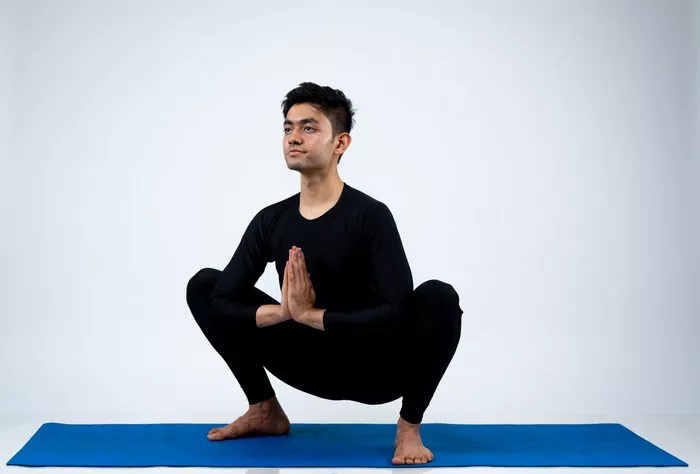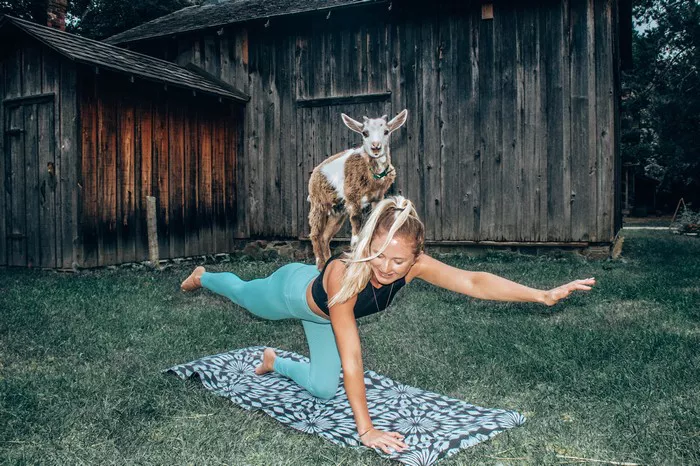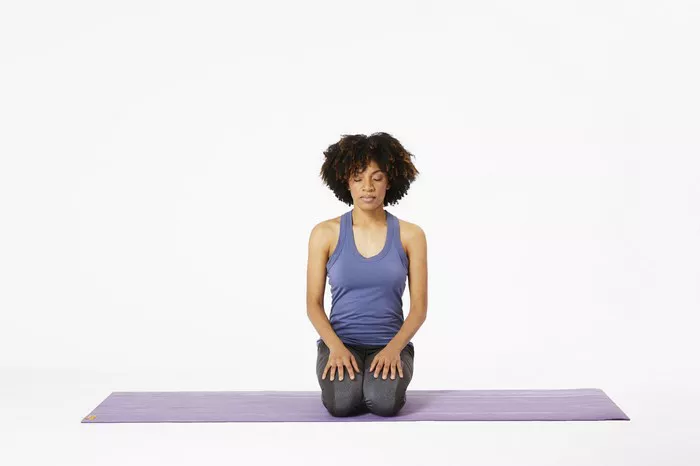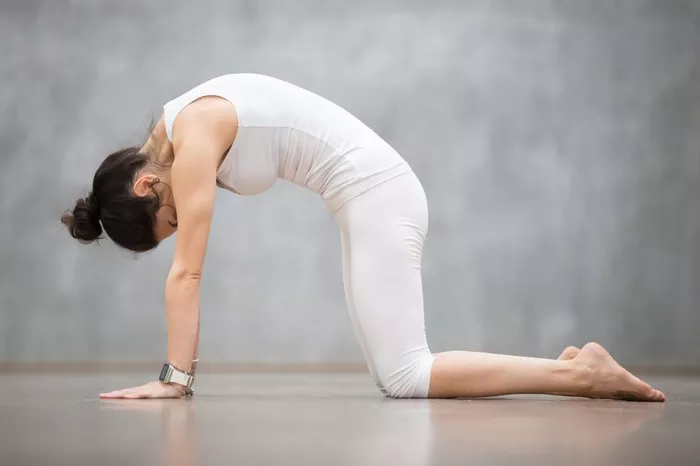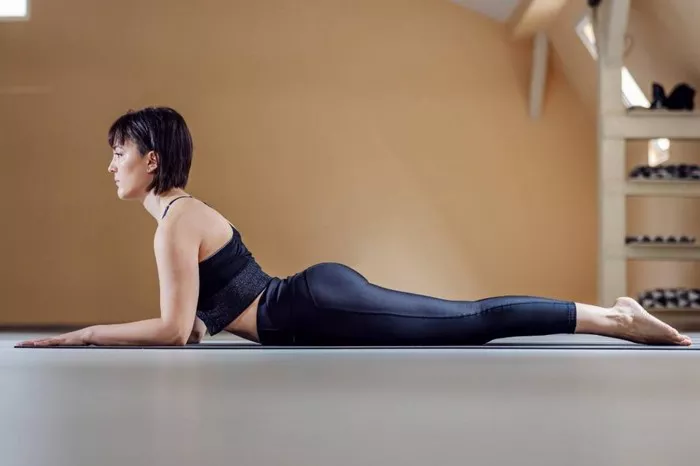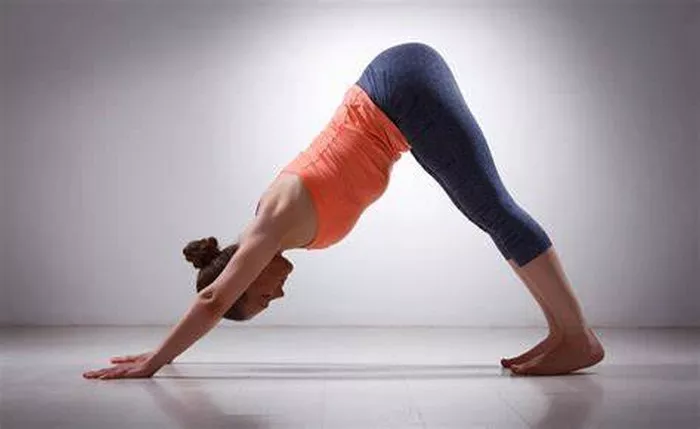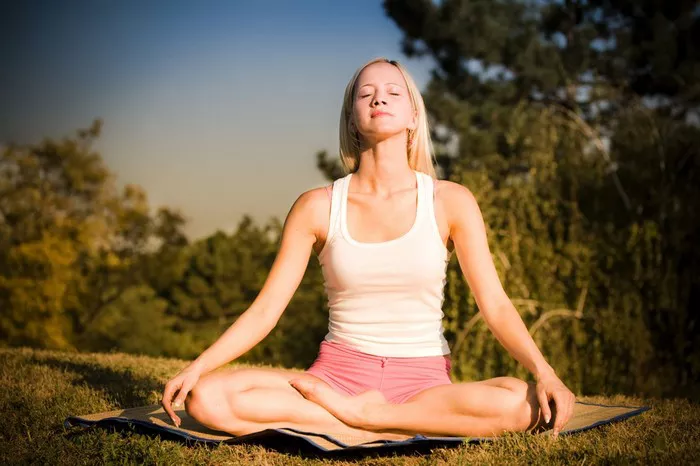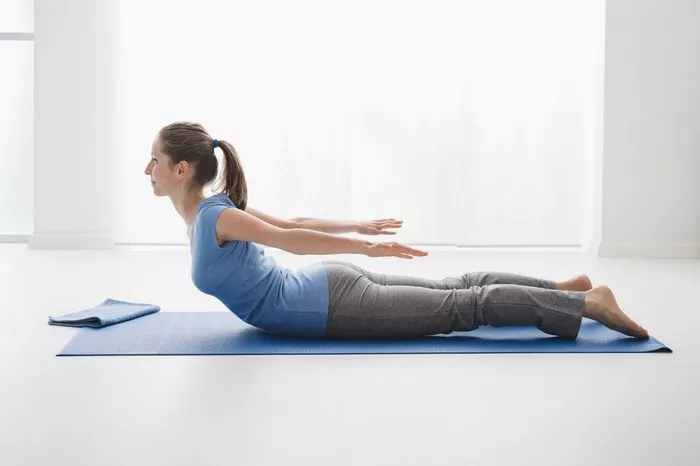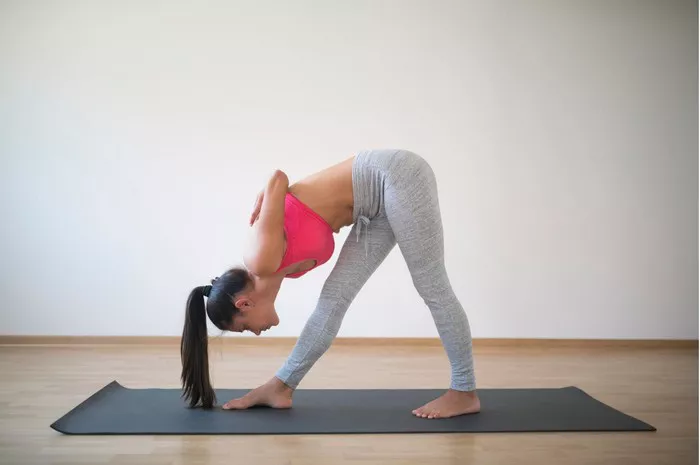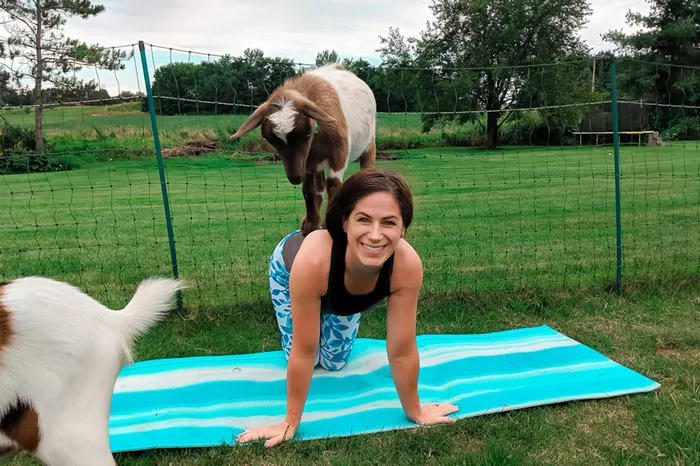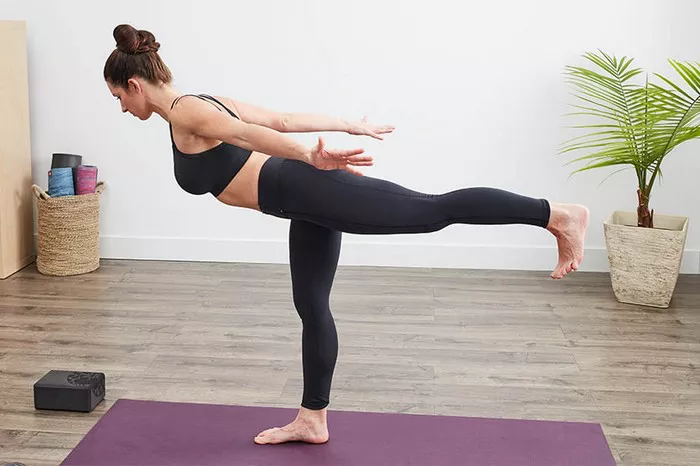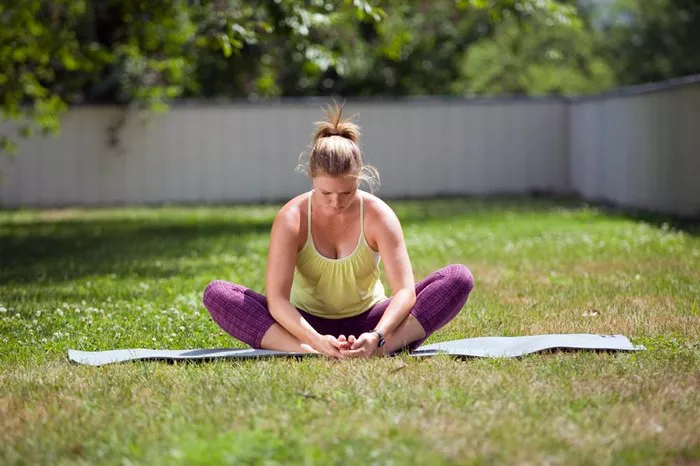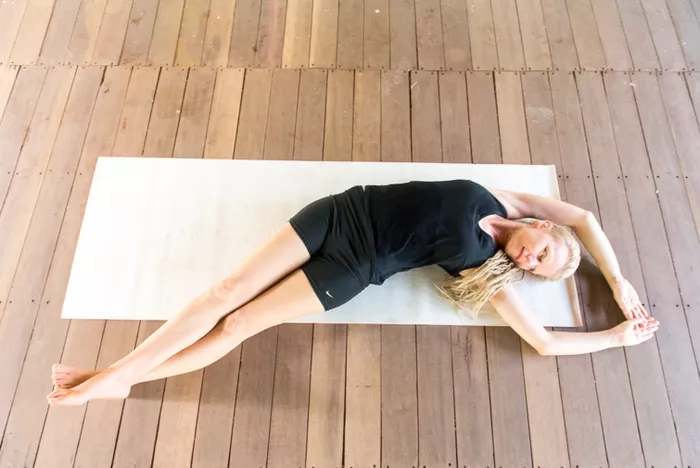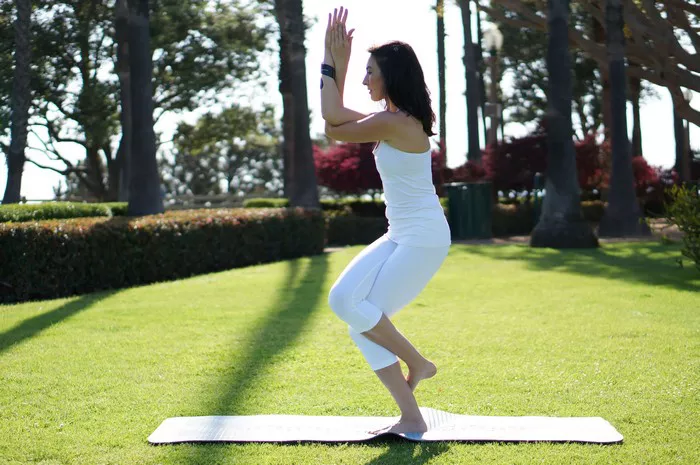Easy Pose, or Sukhasana, is a foundational seated yoga posture that promotes relaxation, meditation, and mindful breathing. Despite its name, Easy Pose requires subtle engagement of numerous muscle groups to maintain comfort and alignment over time. Understanding which muscles are activated in Easy Pose not only enhances your practice but also helps prevent discomfort and promotes better posture and balance.
The Importance of Muscle Engagement in Easy Pose
Many assume Easy Pose is entirely passive, but proper form requires active participation from both major and minor muscle groups. These muscles support the spine, stabilize the pelvis, and maintain an upright posture. Without mindful engagement, the pose may cause strain in the back, hips, or knees, especially if held for extended periods. Proper muscle activation ensures the pose becomes a tool for physical and mental centering.
1. Core Muscles: Stabilizing the Spine
One of the most important muscle groups in Easy Pose is the core. These muscles help keep the torso upright and support the spine throughout the posture. The following core muscles are involved:
- Rectus abdominis: Helps prevent slouching and maintains vertical alignment.
- Transverse abdominis: The deepest abdominal muscle, crucial for stabilizing the spine.
- Obliques: Aid in minor rotational and lateral stability.
- Erector spinae: Runs along the spine and plays a vital role in maintaining a straight back.
Together, these muscles create a foundation of support for the upper body, helping to prevent fatigue and allowing for deeper breath control during meditation.
2. Hip Muscles: Facilitating Flexibility and Balance
The hips must externally rotate and flex to allow for proper leg placement in Sukhasana. Several muscle groups are responsible for facilitating this movement:
- Gluteus medius and minimus: Stabilize the pelvis and provide lateral support.
- Gluteus maximus: Assists with hip extension and maintaining upright posture.
- Piriformis: A deep hip muscle that enables external rotation.
- Iliopsoas: Involved in hip flexion and lumbar spine stability.
- Tensor fasciae latae: Assists in both hip abduction and internal rotation.
Maintaining a balanced activation of these muscles ensures the knees are comfortably lowered toward the floor, reducing tension in the lower back and groin area.
3. Leg Muscles: Grounding and Alignment
Although the legs are relaxed in Easy Pose, they are not inactive. The following leg muscles contribute to grounding the body and maintaining symmetrical alignment:
- Quadriceps: Keep the knees slightly engaged and aligned.
- Hamstrings: Provide gentle tension to stabilize the thighbones.
- Adductors: Help in stabilizing the legs and drawing them closer to the body.
- Calves (gastrocnemius and soleus): Contribute to foot placement and slight engagement.
These muscles work in unison to ground the pelvis evenly, supporting the weight of the upper body without collapsing into the lower spine.
4. Pelvic Floor Muscles: Internal Support
Often overlooked, the pelvic floor muscles form a supportive base that complements core engagement in seated postures. These muscles help stabilize the pelvis and lower abdominal area. The main pelvic floor muscles involved include:
- Pubococcygeus
- Iliococcygeus
- Coccygeus
By gently activating the pelvic floor, practitioners can enhance their core stability and promote a sense of lift and poise in the posture.
5. Shoulder and Upper Back Muscles: Postural Alignment
While the legs and hips are grounded, the upper body must remain lifted without tension. These muscle groups help maintain an open chest and prevent slouching:
- Trapezius: Supports shoulder blade positioning.
- Rhomboids: Draw the shoulder blades together and down.
- Deltoids: Keep the shoulders relaxed and away from the ears.
- Latissimus dorsi: Helps stabilize the upper back.
These muscles work subtly to maintain an upright, open posture that facilitates easy breathing and sustained meditation.
6. Neck and Head Muscles: Supporting the Crown
Proper alignment in Sukhasana means that the head must sit directly above the spine. These muscles help achieve and maintain that positioning:
- Sternocleidomastoid: Controls the rotation and tilt of the head.
- Scalenes: Support breathing and neck stability.
- Suboccipital muscles: Maintain head position and cervical spine alignment.
Avoiding excessive tension in these areas ensures that the practitioner can stay in the pose without developing stiffness or discomfort in the neck.
Modifications and Props to Support Muscle Engagement
Using props like blankets, blocks, or cushions can assist in aligning the spine and easing strain on the hips and knees. Elevating the hips with a folded blanket allows the knees to drop lower than the hips, reducing stress on the hip joints and lumbar spine. This modification encourages correct muscle engagement without forcing the body into discomfort.
Suggested Props:
- Folded blanket under the hips
- Yoga block beneath each knee
- Bolster for lower back support
These props enable practitioners of all flexibility levels to access the posture comfortably and effectively.
Common Mistakes and How to Avoid Them
Practicing Easy Pose without proper form can lead to strain in the knees, lower back, or shoulders. Here are common issues and how to correct them:
- Slouching the spine: Engage the core and lift the sternum to maintain alignment.
- Knees above hips: Use a cushion to elevate the pelvis.
- Tensed shoulders: Draw shoulder blades down and back.
- Collapsed chest: Gently lift the chest without overarching the back.
Addressing these issues helps cultivate a balanced pose that supports long periods of stillness and breath awareness.
The Role of Breath and Mindfulness
Though this guide focuses on muscular engagement, the breath plays a vital role in Easy Pose. Diaphragmatic breathing enhances core engagement and helps relax the nervous system. Pairing breath awareness with muscular activation creates a holistic practice that benefits both body and mind.
Mindfulness while in Sukhasana encourages practitioners to check in with their alignment, muscle engagement, and areas of tension. This body awareness leads to improved posture and a deeper meditative state.
Conclusion
Easy Pose may appear simple, but it is a powerful posture that activates a broad range of muscle groups to support alignment, comfort, and focus. By understanding which muscles are engaged and how they contribute to the pose, practitioners can approach Sukhasana with renewed awareness and precision. This mindful engagement transforms a seemingly basic posture into a dynamic tool for inner stillness and physical balance.
FAQs
Q: Is Easy Pose suitable for beginners?
A: Yes, Easy Pose is beginner-friendly, especially when props are used to support proper alignment. However, beginners should focus on maintaining a neutral spine and avoiding tension.
Q: Why do my knees hurt in Easy Pose?
A: Knee discomfort often results from tight hips or improper alignment. Elevating the hips with a blanket can reduce pressure on the knees.
Q: How long should I hold Easy Pose?
A: You can hold Easy Pose anywhere from a few minutes to over half an hour. Start with short durations and increase gradually as comfort and strength improve.
Q: Can I use Easy Pose for meditation?
A: Absolutely. Easy Pose is one of the most common seated positions for meditation due to its grounding and stabilizing nature.
Q: What if I can’t sit cross-legged comfortably?
A: Use props or consider alternative seated poses like Hero Pose (Virasana) or using a chair to maintain a comfortable and aligned position.
Related Topics:

